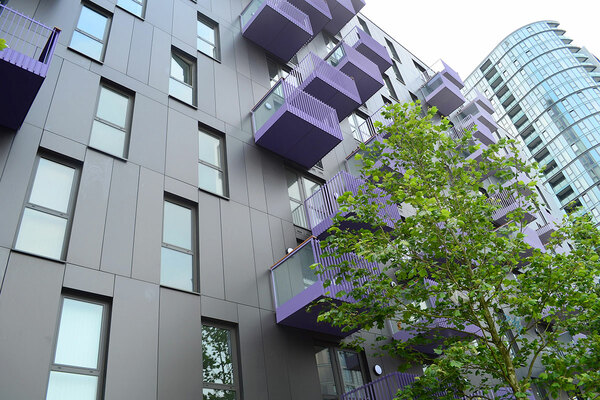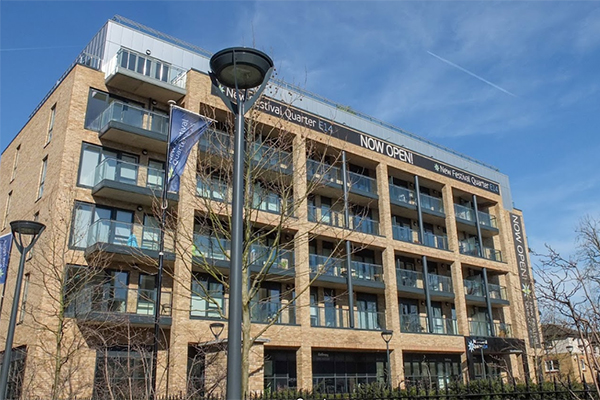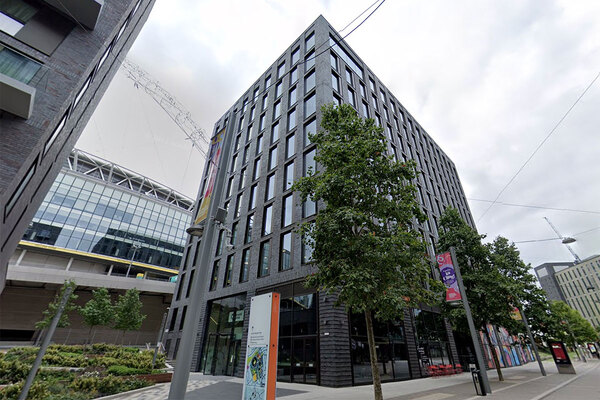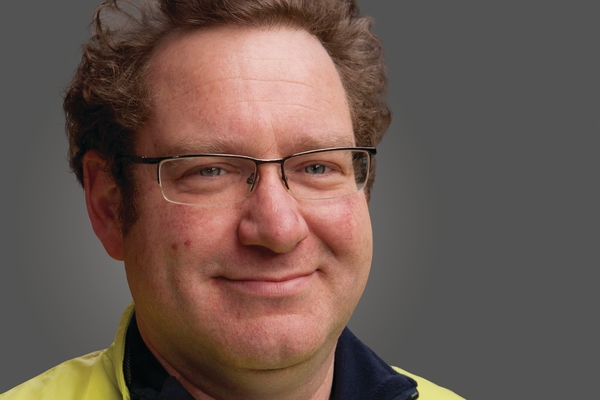Cladding removal from major London scheme ‘delayed by developer errors’
Residents of a private London estate found to have Grenfell-style cladding have claimed that the block’s developer has made a catalogue of mistakes that continue to delay the removal process.
The cladding on New Capital Quay in Greenwich failed tests carried out after the Grenfell tower block fire in June 2017. The development, which comprises 980 homes across 12 blocks, features aluminium composite material cladding similar to that used on Grenfell Tower, as well as Kingspan K15 insulation.
Residents later fought with developer Galliard Homes about who was responsible for removing the cladding. The National House Building Council, which provided warranties for the building, accepted the residents’ claim in July.
Work was due to start late last year but residents now say that Galliard did not submit a planning application to remedy the cladding on the scheme until the end of December.
They also say that Galliard did not include one of the apartment blocks in the application, so it does not have planning permission for the whole development.
Additionally, residents say they were told that it will take 26 weeks to complete work on the first building Galliard plans to repair, so replacing the cladding across the whole project could take almost six years. Galliard has not provided a schedule of work for the remaining blocks.
Residents of New Capital Quay have also hit out at Galliard’s decision to use aerial platforms, rather than scaffolding, which they say will lengthen the process.
Galliard declined to comment on the specifics of the cladding removal process.
Valuations of flats in the tower have plummeted since the presence of the cladding was revealed, leading to fears the taxpayer could be exposed to huge losses on homes funded by Help to Buy.
Leaseholders in the block have also complained that they are stuck in the development, unable to sell their homes or remortgage.
They also say that Galliard has refused to enter into an agreement that would extend the time available for residents to make claims against them, which usually runs for six years. Residents say that because the building was completed in 2013, the period is about to expire.
Galliard has also allegedly told them that there is “no cause of action” against it and a “standstill period” is therefore unnecessary.











